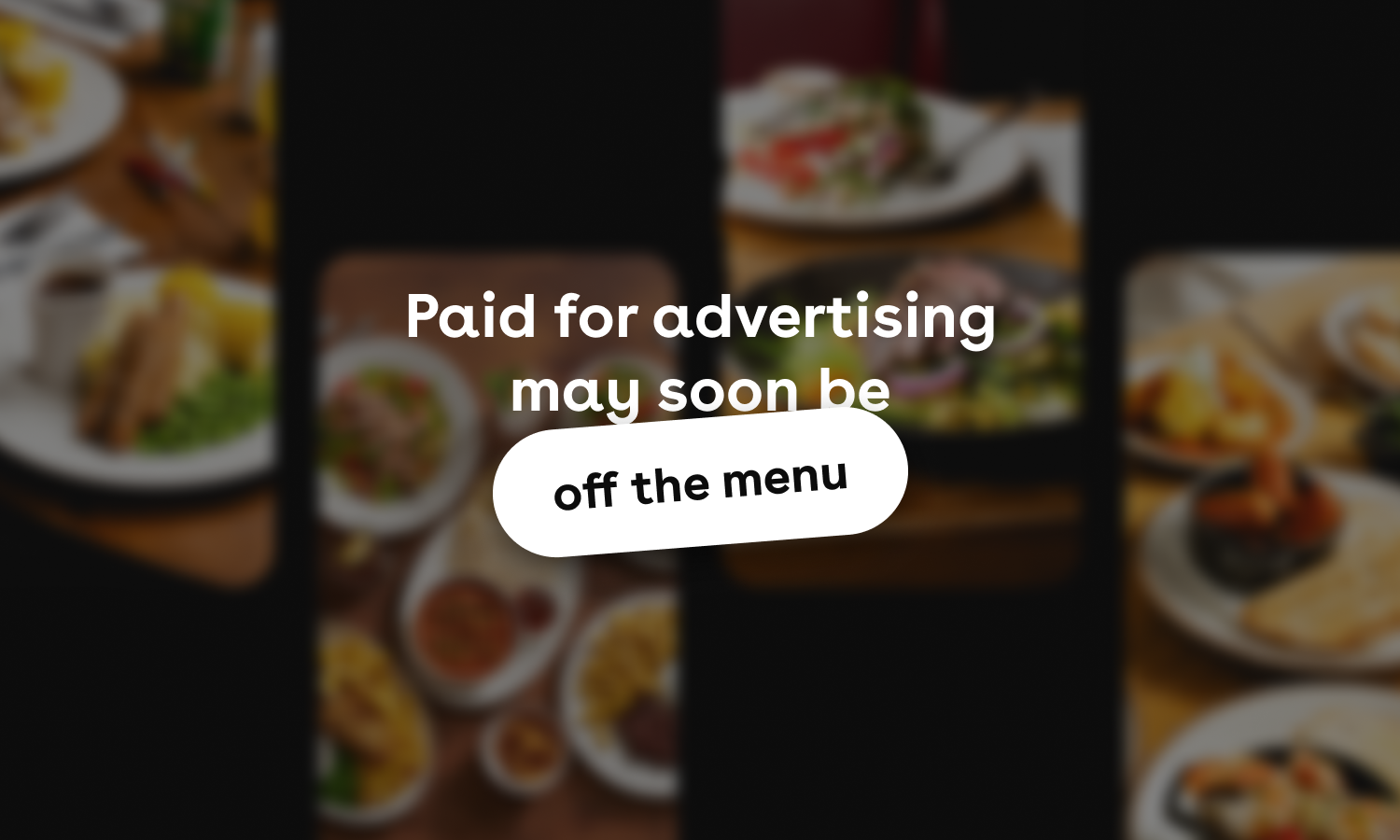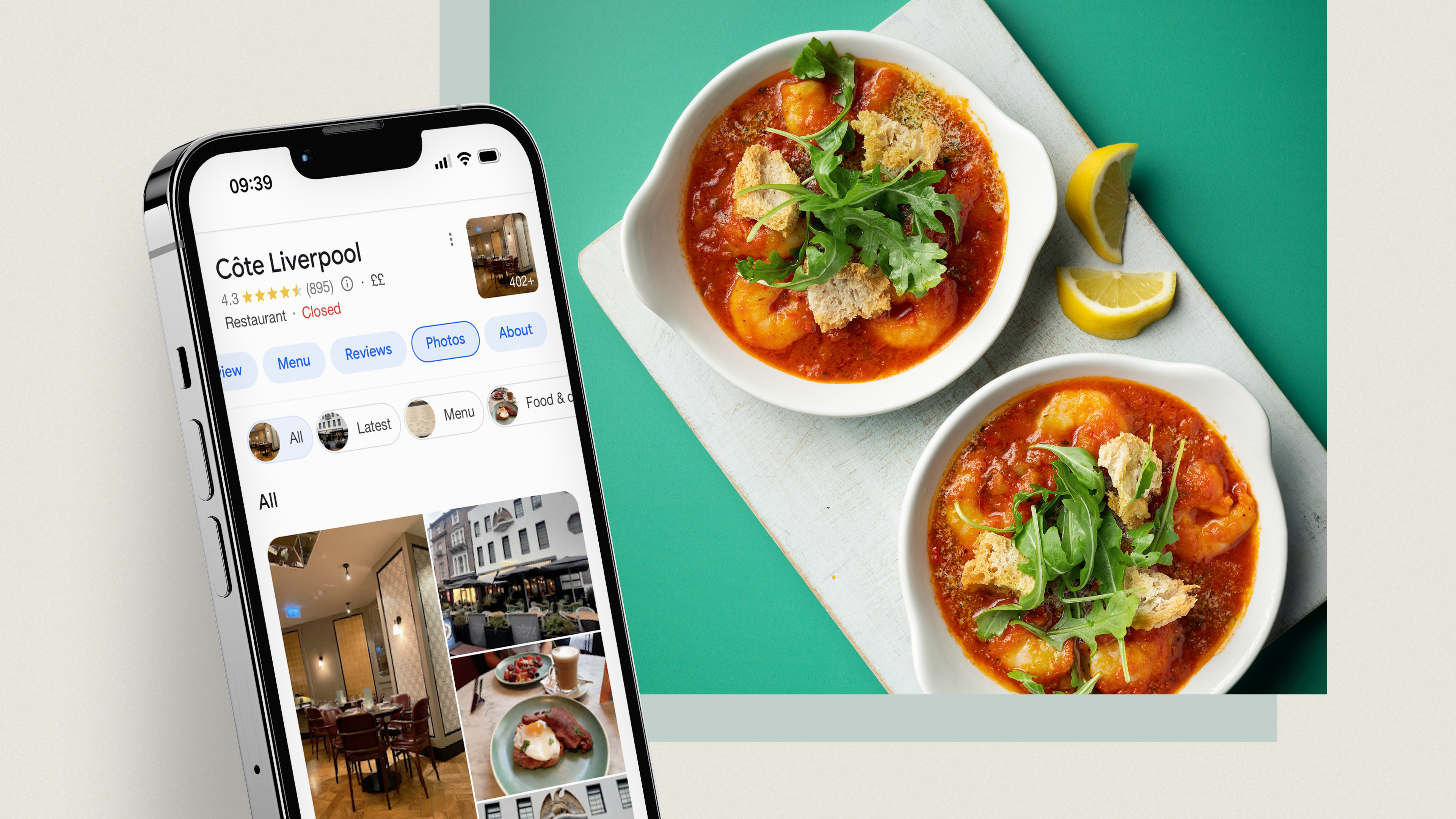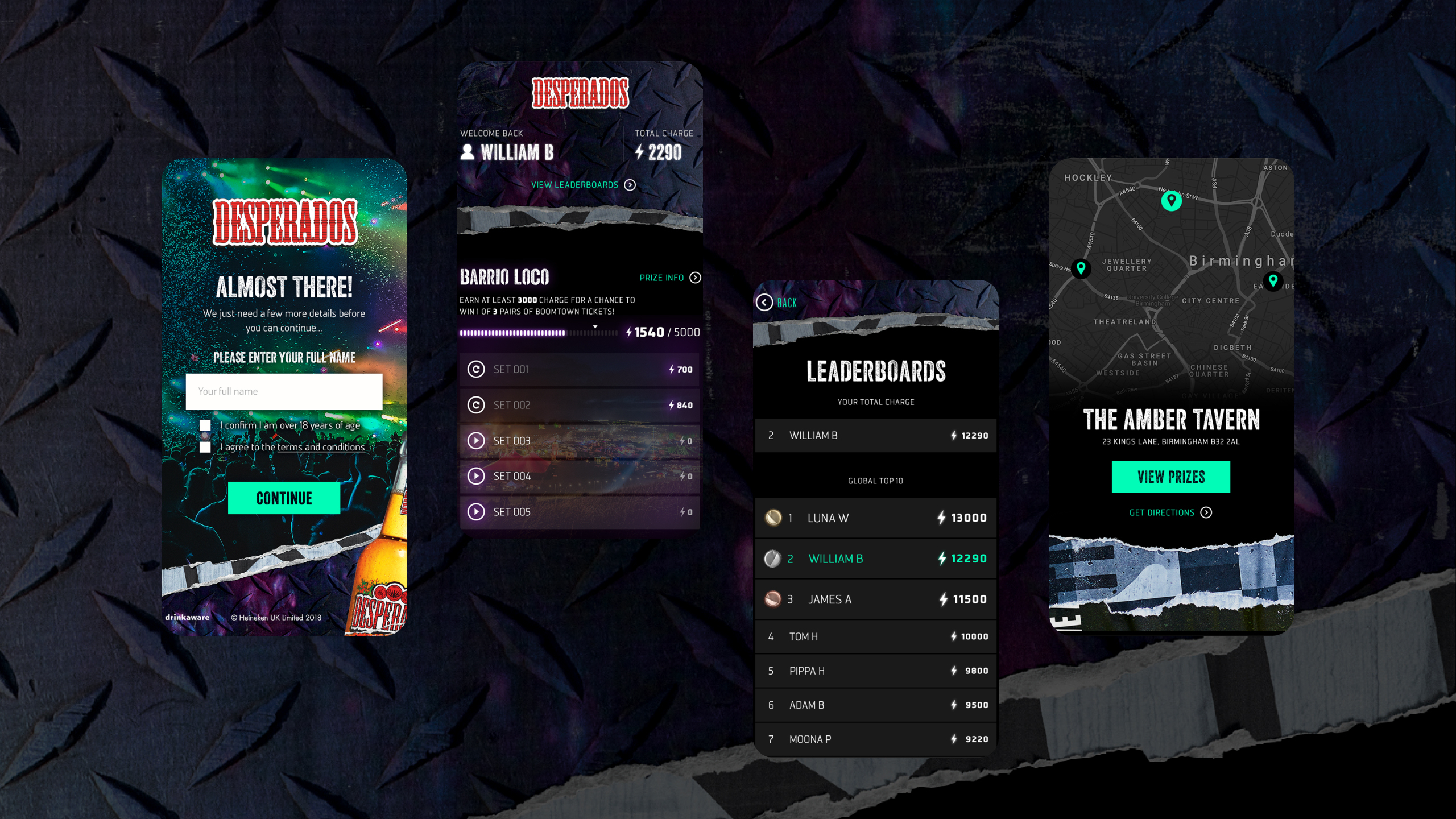The HFSS ban: Is it time to rethink your recipe for digital success?
Roughly a 5 minute read by Jack

First, they said 2025. Now it’s 2026. Who knows, by next week it might be 2030.
But whenever it lands, the HFSS ad restrictions will bring big changes for hospitality and food and beverage (F&B) businesses.
But change doesn’t have to be a bad thing. Handled right, it’s a chance to get ahead. To rethink your approach. To get crystal clear on why and how your brand shows up online.
In this blog, we’ll explore what HFSS actually means, why it matters, the latest on when restrictions are expected to land, and the practical steps you can take to meet the guidelines, without blending into the background.
Let’s rewind, what’s HFSS again?
HFSS stands for high in fat, salt, or sugar. It refers to products that score over a certain threshold using the government’s Nutrient Profiling Model.
The aim is to reduce exposure to less healthy foods, especially for children, and tackle rising obesity rates in the UK.
So, what’s the latest on HFSS?
Originally set to start in October 2025, the ban has been pushed back to January 2026. However, with the government urging brands to comply from the original date, early enforcement could begin in the coming months.
From January 2026, you might not be able to run paid ads for HFSS products online.
That could* include:
- Paid social
- Paid search
- Influencer marketing
- Programmatic and display
- TV and streaming platform ads before 9pm
Organic content is still okay (for now), and you’re likely in the clear if you stick to brand-only creative (i.e. no specific products).
*The current legislation remains ambiguous (at best), so it’s important to be prepared for any changes ahead.
Who does the HFSS ban apply to, (and what happens if you get it wrong?)
The HFSS legislation only applies to F&B businesses with 50 or more employees. Smaller businesses can continue as usual for now.
However, for larger businesses, breaking the rules could mean a fine of £2,000 per offence, with no cap once you hit three strikes. The ASA and local councils will be monitoring compliance closely, so staying ahead of the rules is essential.
Five strategic shifts to future-proof your brand before the ban
Yes, you might lose your top-performing paid ads. But this isn’t the end. It’s an opportunity to do things better. Here’s how you can future-proof your strategy:
1. Shift from product to brand-led storytelling
Instead of a product-led approach, pivot your campaigns to focus on your brand’s purpose, values and lifestyle associations. Build equity through emotional storytelling, cultural relevance and distinctive assets that keep you top of mind.
👉 Example: McDonald’s 2024 “Make It Yours” campaign celebrated youth culture through the nicknames young people use for the brand. It featured no food, no restaurants and spanned TV, OOH and social.
2. Rethink influencer and creator briefs
Audit existing influencer plans to make sure they don’t feature identifiable HFSS products. Remember, if content is sponsored, your brand is accountable. Going forward, brief creators to spotlight other brand experiences, for example behind-the-scenes stories that build affinity while staying compliant.
3. Build a strong organic presence
Strengthen long-term visibility through SEO, organic social and search-first content strategies. Investing now keeps your brand discoverable even as paid options narrow.
4. Diversify your media mix
Test alternative channels to see what resonates. Organic social, email, audio, and OOH are all options that can help you maintain visibility and reach while you look to adapt your paid digital strategy.
5. Create engaging digital experiences
Interactive experiences and gamified activations can help you connect with your audience meaningfully and memorably, while capturing first-party data to fuel future campaigns.
Example 👉Starbucks’ “Starland” campaign gamified their loyalty programme with shake-to-win mechanics, digital challenges and real-life rewards.
Success stories with brands in this space

Local SEO for Côte Brasserie: 699% ROI
With 86 restaurants across the UK, Côte needed more visibility and more bums on seats. That’s why they brought us in. Our brief? Increase discoverability and drive bookings, without relying on offers or promotions.
We delivered a strategic local SEO overhaul. That meant optimising Google Business listings for every location, refreshing local landing pages with targeted, relevant content, and building a live dashboard so Côte could track the value of every visit and click.
The results? A 75% increase in traffic, a 54% uplift in organic traffic, and a remarkable 699% ROI, with no HFSS product promos required.

Brewing up a digital activation for Desperados: 530% project ROI
Desperados wanted to energise their brand and connect with Gen Z through the festival scene. The challenge? Cut through a crowded space while staying true to a community-led audience.
We built a gamified experience that captured the spirit of music and summer. With interactive challenges, leaderboards, exclusive rewards and seamless CRM integration, it delivered on every level.
The result? 10k+ weekly players, huge social engagement and a standout 530% return. Proof that you don’t need to showcase products to create a huge impact.
Want to make your digital work harder?
With decades of experience working with brands like Whitbread, Yoplait and Grace Foods, we’re experts in digital marketing for hospitality, food, and beverage businesses.
From brand building to experience-driven campaigns, we can help you stay visible, stay compliant and stand out for all the right reasons. Ready to see what that looks like? Let’s talk.